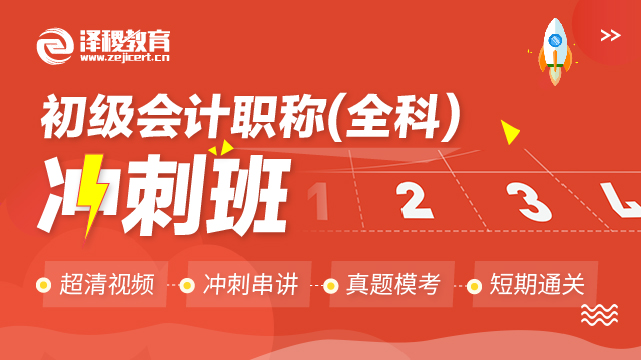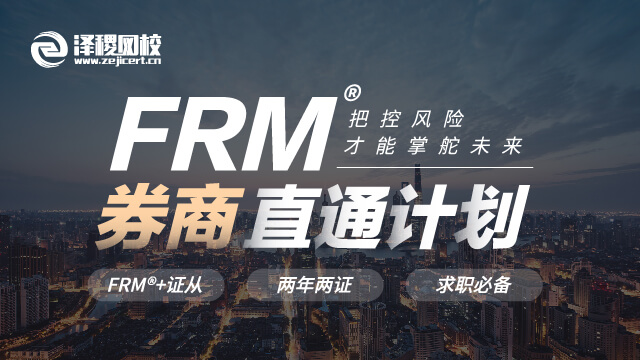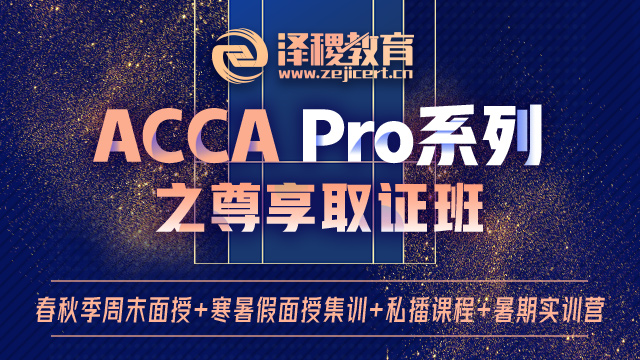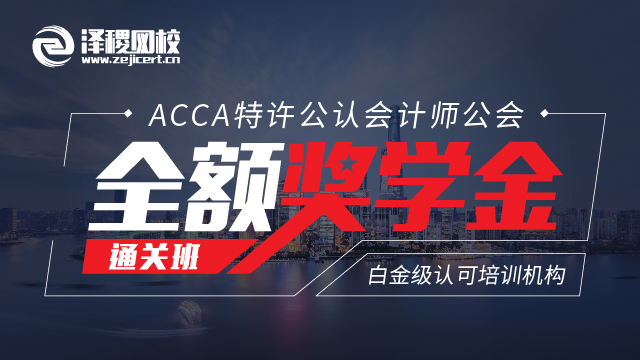ACCA考官文章(F3)PREPARING A GROUP STATEMENT OF FINANCIAL POSITION
This brief article looks at how to prepare a group statement of
financial position
ASSETS AND LIABILITIES
When preparing a group statement of financial position the assets and liabilities of the parent and the subsidiary are subject to consolidation adjustments and then added together. For example, as the objective of the exercise is to prepare the group statement of financial position as if the group were a single entity, it is necessary to eliminate the balances on any intra-group current accounts as the group should only be reporting external assets and liabilities. In addition it is also necessary to recognise any fair value adjustments (FV) that will have arisen on the subsidiary’s net assets at the date on acquisition and to replace the parent’s investment in the subsidiary with the goodwill arising on consolidation.
EQUITY
In Paper F3, the equity section of the group statement of financial position will contain the share capital and share premium of the parent only. It may also be necessary to ascertain the post-acquisition profits of the subsidiary as this will be shared between the owners of the subsidiary – ie will be split between the parent in the group retained earnings (RE) and non-controlling interest (NCI) in the proportion that they share profits and losses.
The following example explains the whole process by taking you through an exercise where all of these issues feature.
Question
Two years ago Singapore paid $90,000 for a controlling interest of 80% in the Marina Bay’s equity when the retained earnings were $25,000. The summarised statement of financial positions at the reporting date are as follows:
| Singapore $ |
Marina Bay $ |
|
|---|---|---|
|
Investment in Marina Bay |
90,000 |
|
|
Property plant & equipment |
30,000 |
30,000 |
|
Current assets |
30,000 |
30,000 |
|
150,000 |
60,000 |
|
|
Equity shares |
25,000 |
15,000 |
|
Retained earnings |
100,000 |
40,000 |
|
|
125,000 |
55,000 |
|
Liabilities |
25,000 |
5,000 |
|
150,000 |
60,000 |
Additional information
(i). At the date of acquisition the fair value of the NCI of Marina Bay was measured at $20,000
(ii). For consolidation purposes at the date of acquisition the fair value of the non-depreciable land of Marina Bay exceeded its carrying value by $25,000. Marina Bay has not incorporated this fair value adjustments into its individual financial statements.
(iii). At the reporting date Singapore is owed $5,000 by Marina Bay.
Required – Prepare the Singapore group statement of financial position.
Answer
In approaching such a question there are regular workings that have to be processed. It is necessary to establish the post-acquisition profits of the subsidiary (which are then split between the group and the NCI), the goodwill arising on acquisition as well as the closing balances of the NCI and group retained earnings. It is a good habit to first prepare a working showing the group structure to ensure that we have noted the parent's and the NCI's interest in the subsidiary’s profits and how long the subsidiary has been a member of the group.
W1 Group structure
|
Singapore (the parent) |
||
|
Two years ago |
↓ |
80% / 20% NCI |
|
Marina Bay |
In the next working the fair value of the net assets of the subsidiary at the date of acquisition are established by taking into account the fair value adjustment on the land. The post-acquisition profits of the subsidiary are also determined and split between parent and the NCI in the proportion of their shareholdings. The net assets of the subsidiary are represented by its equity. Note that the subsidiary's net assets at the date of acquisition need a fair value adjustment on its PPE. This adjustment is still necessary at the reporting date as the asset is still held.
W2 Net assets of the subsidiary
|
|
At acquisition $ |
At |
Post- |
|---|---|---|---|
|
Equity shares |
15,000 |
15,000 |
|
|
Retained earnings |
25,000 |
40,000 |
15,000 |
|
Book value of the |
40,000 |
55,000 |
|
|
Fair value adjustment |
25,000 |
25,000 |
|
|
Fair value of the |
65,000 |
70,000 |
|
From this we can see the subsidiary’s post-acquisition profits are $15,000. These belong to, and so are allocated, 80% to the group’s retained earnings and 20% to the NCI. Further we can note that the net assets of the subsidiary at acquisition is $65,000, a key figure for the calculation of goodwill which is our next working. In some questions the fair value of the net assets at acquisition might be given (in this case $65,000) and, so, the FV on the land ($25,000) is ascertained as a balancing figure in the net assets at acquisition column.
Now the goodwill (the premium arising on consolidation) can be ascertained by comparing the value of the whole business as represented by what the parent paid for its controlling interest combined with the NCI, set against the fair value of the identifiable net assets of the subsidiary.
W3 Goodwill
|
|
$ |
|---|---|
|
FV of Parent's investment at acquisition – the controlling interest |
90,000 |
|
NCI @ FV at acquisition – the non-controlling interest |
20,000 |
|
FV of Net assets at acquisition (w2) |
(65,000) |
|
Goodwill arising on consolidation |
45,000 |
The next working in line is to determine the NCI at the reporting date. This is done by taking account of the entries that we have already seen above. NCI is part of equity (the ownership) of the group and so the opening balance at the date of acquisition will increase with its share of any profits and decrease with any share of losses.
W4 NCI
|
|
$ |
|---|---|
|
Opening balance w3 |
20,000 |
|
Plus NCI% of post-acquisition profit (20% x 15,000) w2 |
3,000 |
|
|
23,000 |
Our final working is the retained earnings of the group which comprises the parent’s retained earnings plus its share of the subsidiary’s post-acquisition profits and losses from the above workings.
W5 Group retained earnings (RE)
|
|
$ |
|---|---|
|
Parent |
100,000 |
|
Plus the % of post-acquisition profit (80% x 15,000) w2 |
12,000 |
|
|
112,000 |
Finally the group statement of financial position can be prepared. The parent’s investment in the subsidiary is eliminated as an intra-group item and is replaced with the goodwill. The assets and liabilities are then added together in full, as despite the parent only owning 80% of the shares of the subsidiary, the subsidiary is fully controlled. The non-controlling interest in the subsidiary’s net assets is separately reported. There is a consolidation adjustment in respect of the fair value adjustment on the PPE. Because at the reporting date Singapore is owed $5,000 by Marina Bay this is an intra-group item and this receivable is eliminated from the group accounts as a consolidation adjustment. It also means that Marina Bay will have a payable to Singapore of the same amount which will also be eliminated as a consolidation adjustment.
Singapore group statement of financial position
|
|
|
$ |
|---|---|---|
|
Goodwill |
w3 |
45,000 |
|
Property plant & equipment |
(30,000 + 30,000 + fair value |
85,000 |
|
Current assets |
(30,000 + 30,000 less 5,000 |
55,000 |
|
|
|
185,000 |
|
|
|
|
|
Equity shares |
(Parent only) |
25,000 |
|
Retained earnings |
w5 |
112,000 |
|
NCI |
w4 |
23,000 |
|
Equity |
|
160,000 |
|
Liabilities |
(25,000 + 5,000 less 5,000 |
25,000 |
|
|
|
185,000 |
Tom Clendon is a lecturer at FTMS based in Singapore and is the author of the second edition of A Student's Guide to Group Accounts (published by Kaplan Publishing)


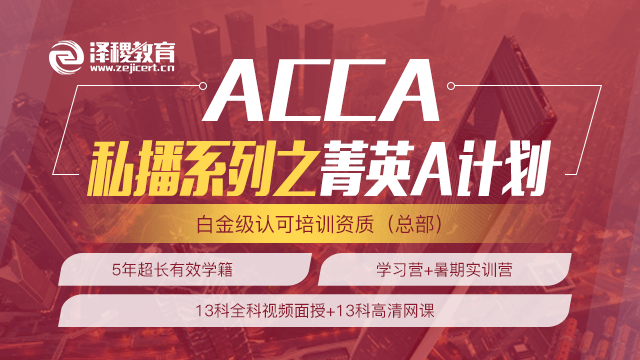
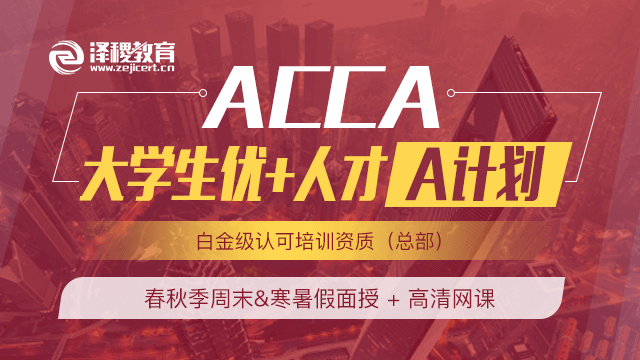
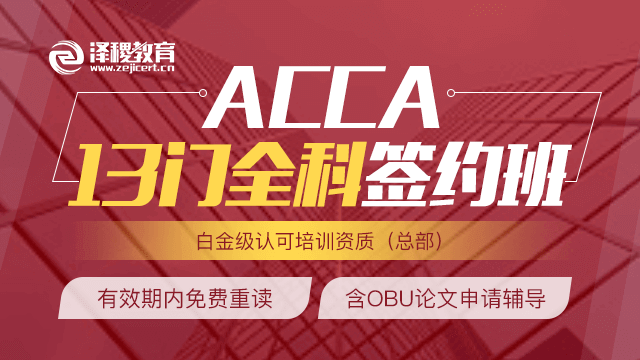
 白金级认可培训资质(总部)
白金级认可培训资质(总部)
 课程试听
课程试听
 职业规划
职业规划
 ACCA中文教材
ACCA中文教材
 考位预约
考位预约
 免费资料
免费资料
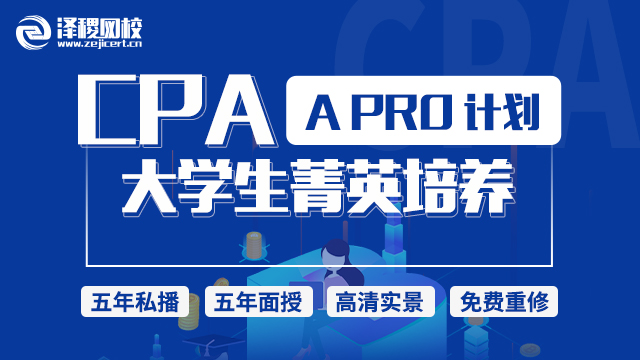
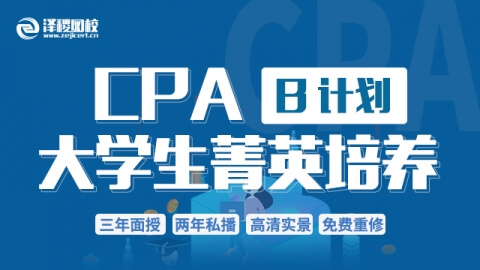
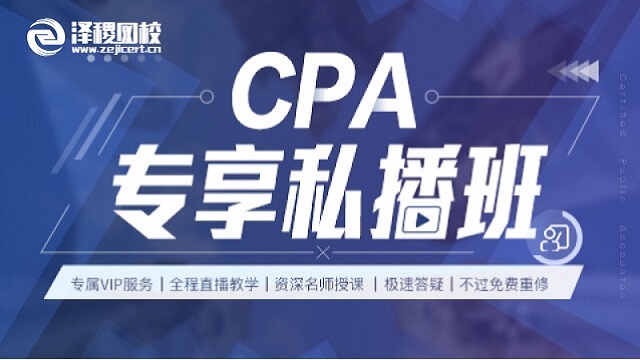
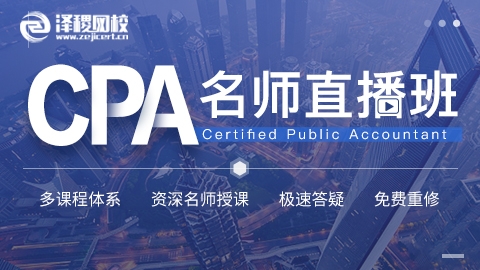
 题库下载
题库下载
 模拟机考
模拟机考
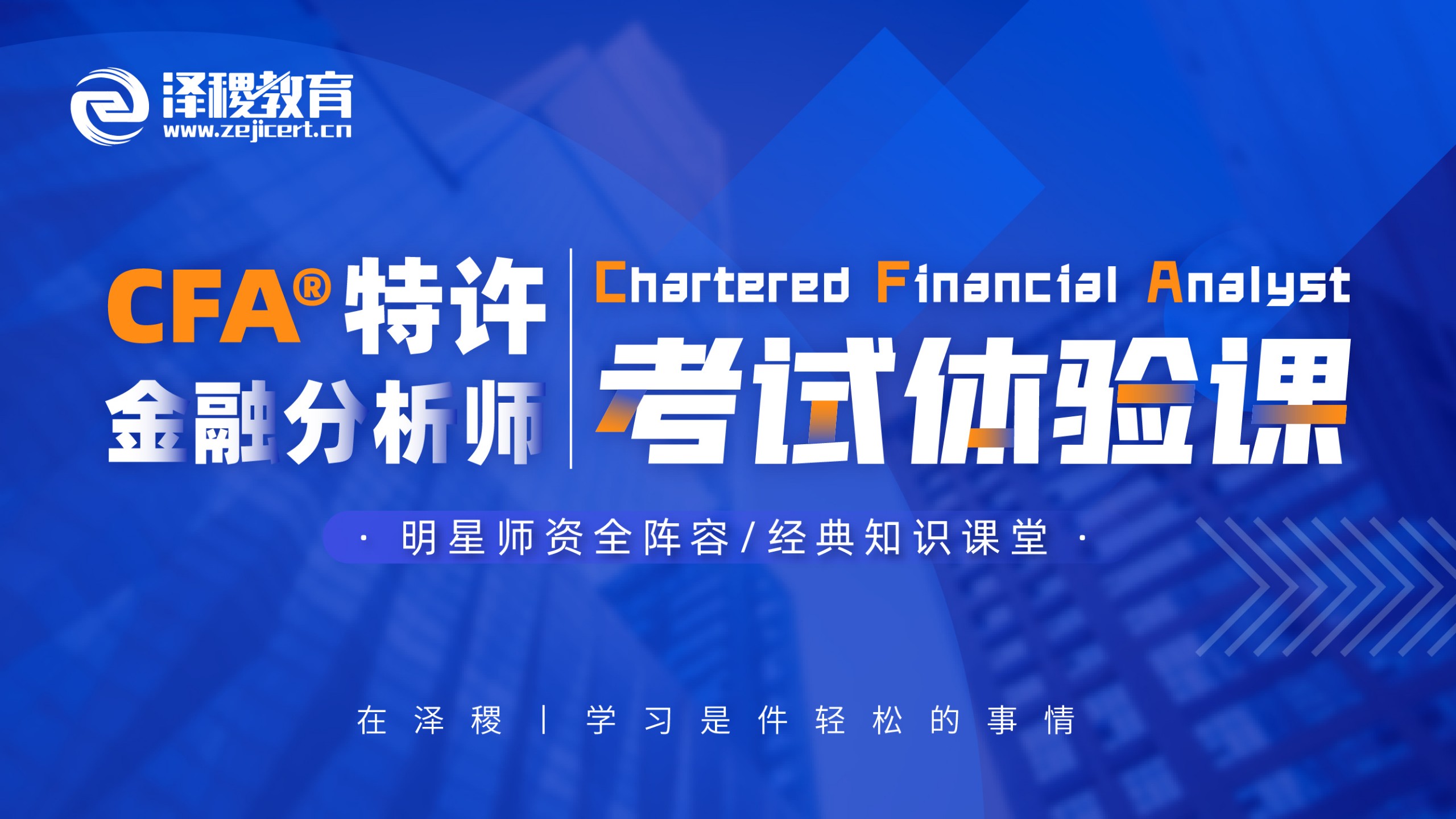

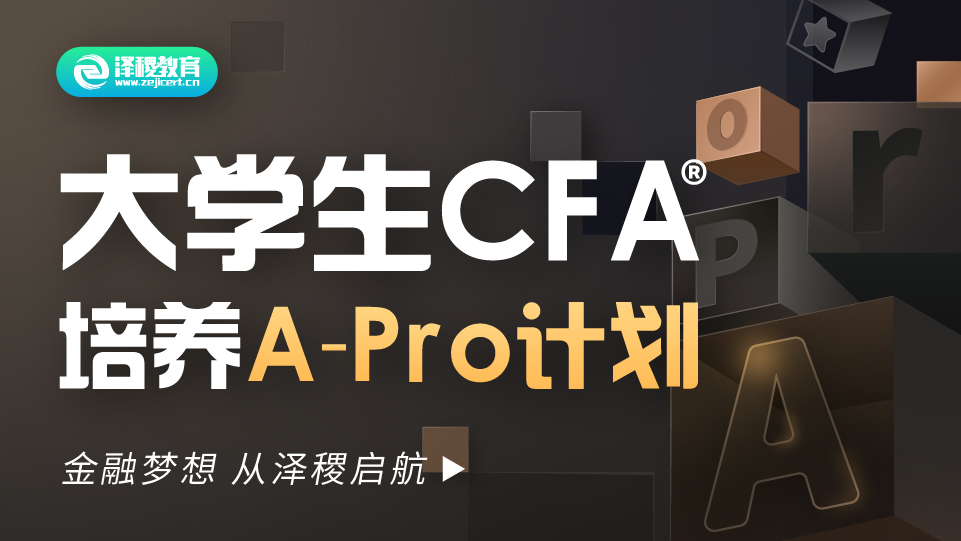
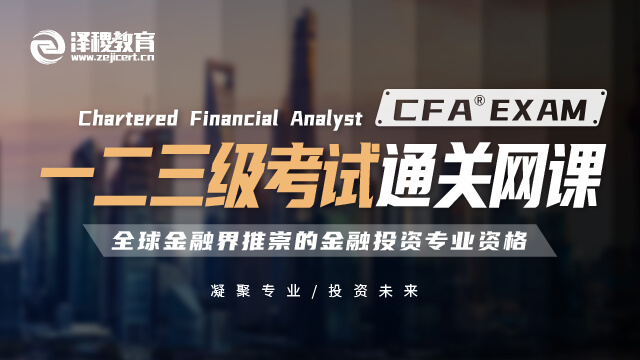
 CFA®成绩查询
CFA®成绩查询

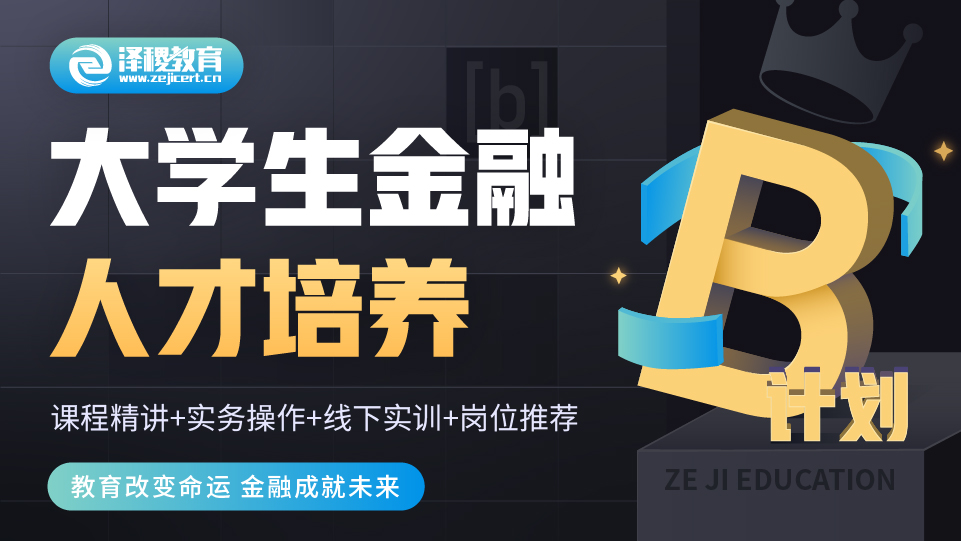

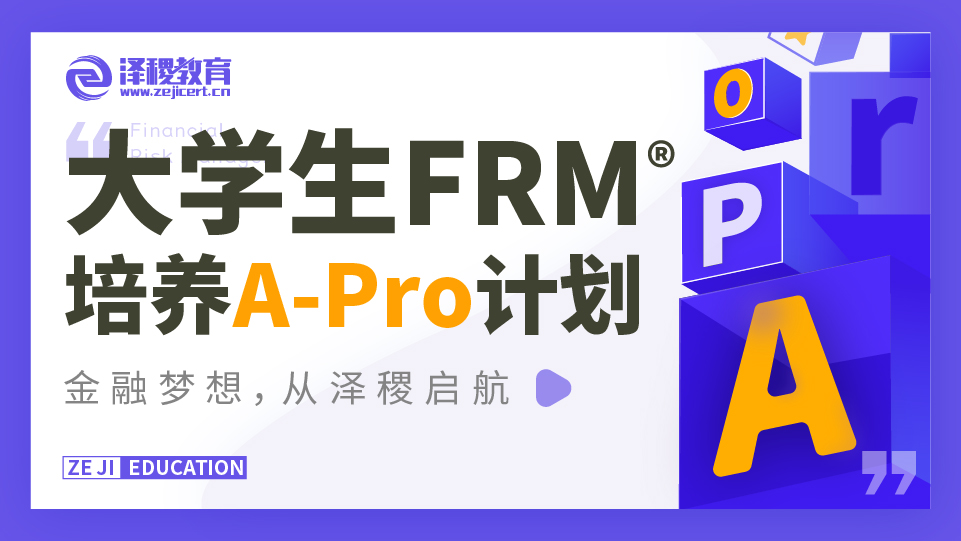
 GARP协会官方认可FRM®备考机构
GARP协会官方认可FRM®备考机构



